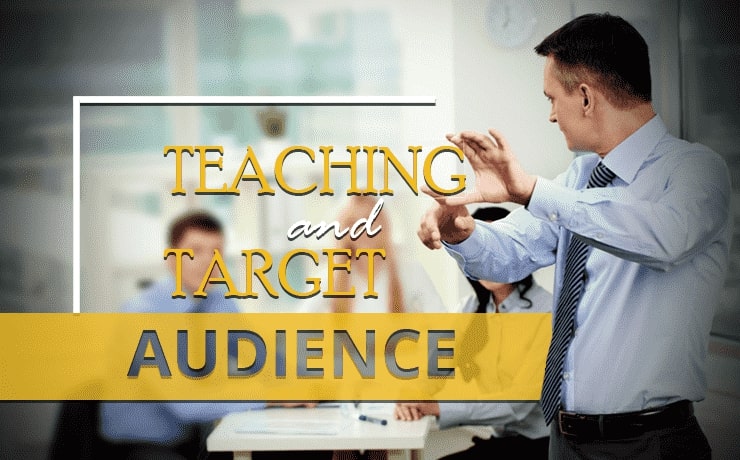Teaching and Target Audience
Elizabeth Reyn

It has been one month into teaching school and I can comfortably report that so far things are going well. But that’s probably because so far it’s been all theory and no practice, and I haven’t yet stepped into the role of a teacher. Next semester is the beginning of the real work. I will have to stare at 15-25 curious middle school faces and try to convince them why learning English language and literature is both necessary and engaging.
I remember being daunted by Shakespeare in high school. Getting through the thees, thous, and thys just to decipher the meaning of his work. I remember struggling to get out of “Essay Hell” because I couldn’t figure out the teacher’s way of structuring a five-paragraph essay. I remember trying to conjure from my memory what color shirt Holden Caulfield was wearing in The Catcher in the Rye and thinking who cares? Why is that even a question on the exam?
Necessary and engaging that’s possible. Easy, probably not so much.
How is Teaching Similar to Marketing?
Teachers are the marketers of the education system. We are in the classroom trying to converse with our audience (the students) to persuade them that our product (the subject) is worth staying awake for and paying attention. Teachers perform direct marketing five days a week for about five periods a day, not talking at students but talking to them, about why the content is important, and why their engagement is crucial to their understanding.
But coming up with marketing tactics for teachers is a little tricky. One of the most essential aspects of marketing involves building a professional relationship with a target audience, which are a select group of people, whether a specific demographic or people grouped by personal interests. Unfortunately, teachers do not choose a target audience; their audience consists of students of a particular age or level (ex: Honors or AP). Teachers may also need to design a curriculum based on state standards, which, depending on how it is taught, may hinder student engagement.
What Tactics Can Teachers Employ?
Teachers can use the following strategies to help them think like marketers, so as to better engage students in the classroom:
1. Always tell your students why what you’re doing in class will help them. If students know why something is important to their learning, they will be more likely to participate and engage with the lesson.
2. Reiterate to students that their learning should not just be based on the grade they get, but how well they know the material. Oftentimes, students focus so much on their grade and what answer they think the teacher will want that they miss out on the learning and only resort to memorization. Tell them to show what they have learned, and their grade will reflect that.
3. Incorporate various activities that cater to the needs and interests of different types of learners, so that no student feels disengaged or left out of the class discussion.
4. Incorporate different methods of assessment. Only assessing student learning with quizzes and tests will leave the students who aren’t good at this form of knowledge to feel dejected and only resort to memorization of facts.
5. Bring enthusiasm to the classroom every day. Showing students that you are excited about the day will help them with their motivation in the classroom.
 Free
Consultation
Free
Consultation Free
Google Ads Audit
Free
Google Ads Audit







